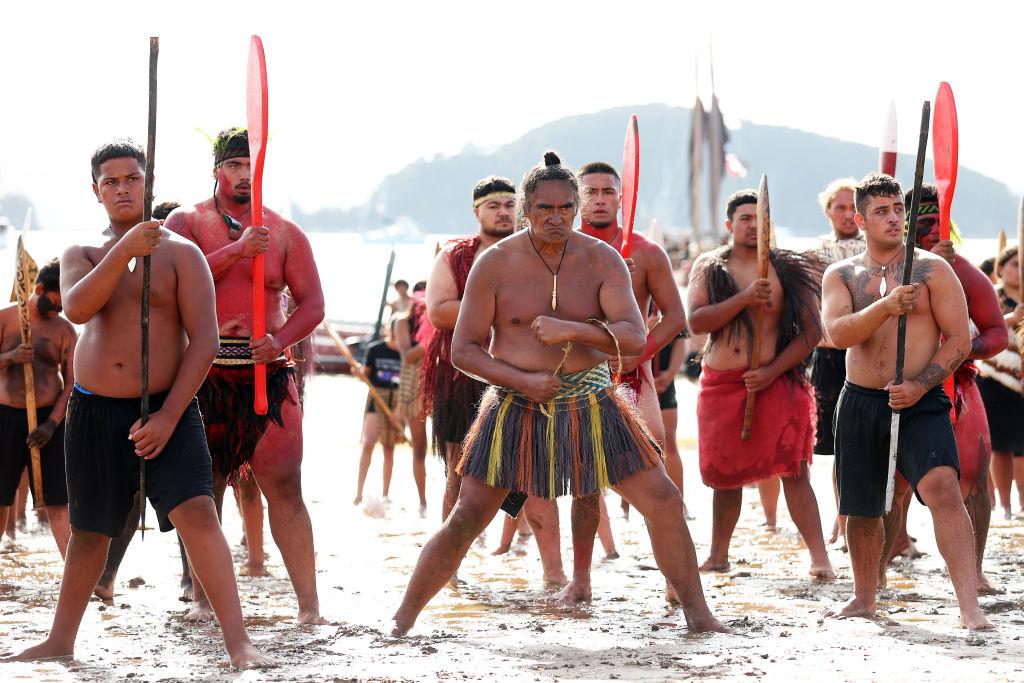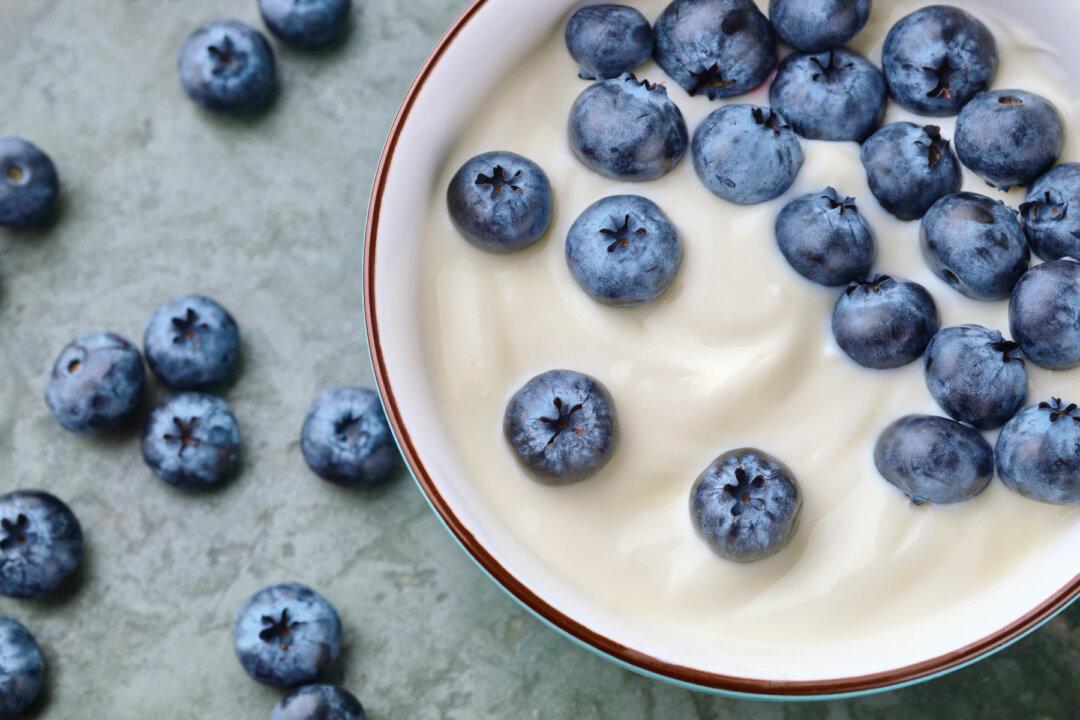In the heart of New Zealand’s capital city, the Wellington regional Māori music choir stands strong in tradition and continuity, with harmonies weaving through the air like threads of time.
Under the guidance of their musical director David Dell, a figure synonymous with the preservation of New Zealand’s musical heritage, this choir transcends performance to become a living testament to the legacy of Māori music.





